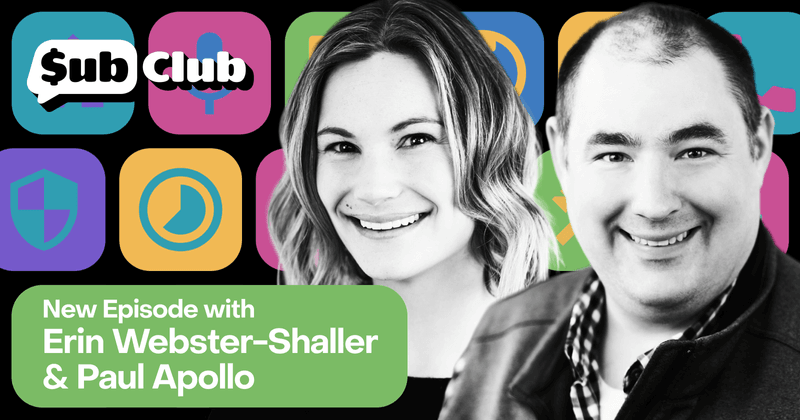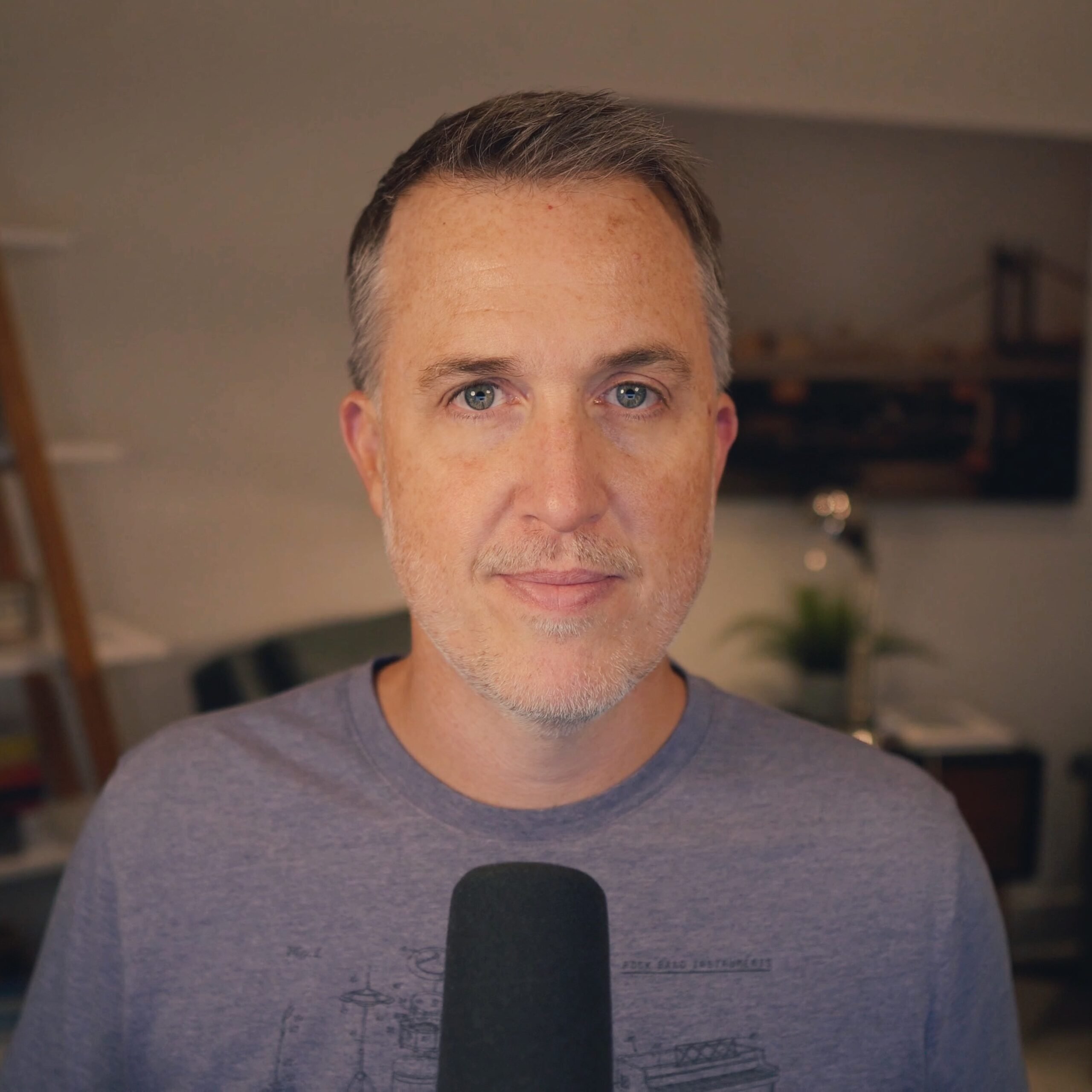Achieving mission & profit with freemium — Podcast with Erin Webster-Shaller and Paul Apollo, Lose It!
Lose It!'s winning strategy for growing to 50 million users organically and turning free users into subscribers.

On this episode: balancing mission and monetization, the challenges inherent to referral programs, and why Lose It! had to abandon a big push into paid user acquisition.
When you’re trying to scale, you might think that paid marketing is the way forward.
But the answer to real growth could be a lot more organic—at least, that’s what Lose It!, one of the original health and wellness apps, has shown, garnering 50 million users since its start.
In this episode of the Sub Club Podcast, we spoke with Lose It! Vice President (VP) of Marketing Erin Webster-Shaller and Senior VP of Operations Paul Apollo. They shed light on how the app went from a calorie-counting spreadsheet to a behemoth in the health and wellness space.
Well aware of the prevalence of gimmicks in the weight loss industry, the company has made authenticity its mission. Lose It! doesn’t attempt to oversell with unrealistic claims but tells you what it can help you do — and delivers on that promise. The user base more than bears that out.
“Our mission… is [to have] an excellent free product available for anybody”
Part of this mission has been to continue offering a high-value free product that remains available for anyone who wants to download and use it. The free offering has always been a foundation of the app since the early days and has driven much of its growth as a result.
Given such impressive growth on a free product, how does Lose It! convince users to switch from the free version to a premium subscription? “Apps and devices has always been a big crowd-pleaser,” Paul explains. “People want the simplicity of dumping all their data in one place and getting a number to follow from all that without having to think about it. We’ve made a lot of hay from that.”
Messaging — along with careful A/B testing — has also been critical. Discount messaging in particular has resonated heavily with Lose It!’s price-sensitive audience. Emphasizing savings and low premium prices has been very effective.
“Paid…is a very, very small part of our overall marketing mix”
Word of mouth and organic acquisition have stayed consistent over 15 years of solid growth. “Our paid marketing is a very, very small part of our overall marketing mix,” Erin highlights. “When we think about marketing, it’s really trying to drive people to that free experience.” From there, monetization efforts begin. A sharp focus on app store optimization (ASO) has been a huge lever for Lose It! — both on the App Store and Google Play.
When the team tried to tinker with getting off organic user flow as the primary user income source, they went big. The company managed to stay cashflow positive, but the team found themselves burning through money with an organic base subsidizing them. Current marketing efforts are more efficient because Lose It! keeps it humble, but return on ad spend (ROAS) was as low as 10%, so they were forced to scale back. They even benefitted from new users, but none were monetized.
Lose It! is now looking at alternative angles for incentivization, possibly including Headspace’s sweepstakes idea for referrals, to help emphasize user success and sharing, driving further growth.
On the podcast, Erin and Paul discuss balancing mission and monetization, the challenges inherent to referral programs, and the strategy behind increasingly lengthy longboarding.
You might also like
- Blog post
Modeling attribution on iOS: what works, what doesn’t, and how to choose
How to navigate the messy world of SKAN, AEM, and probabilistic attribution — plus two practical frameworks to get a clearer picture of campaign performance.
- Blog post
Your sprints must pay for themselves: Dan Layfield’s product advice
What’s worth building? Dan Layfield shares a 3-bucket framework to help app teams prioritize features, fix churn, and ship faster.
- Blog post
Is monetization hurting your app’s user experience?
Don’t trade short-term revenue for long-term trust. How ethical UX can still drive effective monetization.

